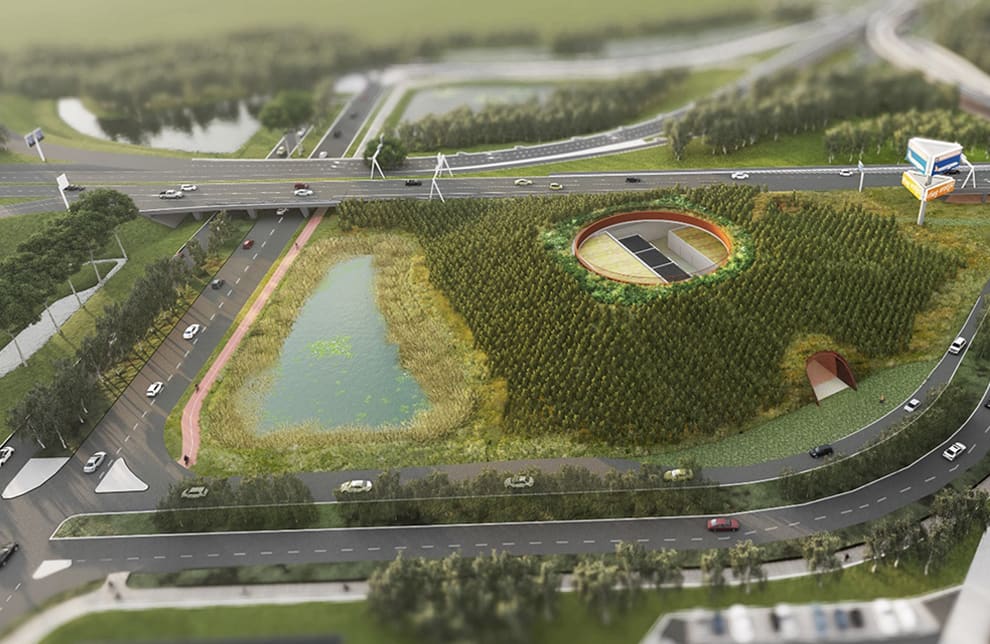Sustainable aviation. What’s Schiphol doing?
What is Schiphol doing to reduce the CO₂ produced by your flight? From the moment you leave home to when you’re up in the air, we take all kinds of measures. We believe that flying should be accessible to all. But it does need to change. We strive towards meeting the Paris Agreement targets.

Specific targets
Schiphol has set ambitious targets in order to meet the Paris Agreement’s demands. We want to be an emission-free airport in 2030. And aviation will be CO₂-neutral in 2050. We have been working hard to achieve this for many years already by reducing the use of fossil fuels. What other measures do we take?
Getting to Schiphol: electric buses, taxis and trains
Sustainable and comfortable. That’s our priority when it comes to your journey to and from Schiphol. The most sustainable way to travel is by electric public transport. If you take the bus to Schiphol, it’s likely to be an electric one. There are around 200 of them at and around the airport, and that number keeps growing. The Schiphol train station is below the terminal, which makes travelling by train an attractive choice. There are many direct connections from Schiphol too. If you prefer to travel by taxi, then make it an electric one. You’re certainly in the right place with the official Schiphol taxis.
At Schiphol: solar, wind & thermal energy and electric vehicles
Schiphol airport has been CO₂-neutral since 2012. We achieved this by reducing and offsetting emissions. One of the ways we lower emissions is through the deployment of electric vehicles. And there are more and more of them – from the buses that take you from the plane to the terminal, to baggage tractors and catering vans. And did you know that Schiphol is powered by Dutch wind energy? If you charge up your phone or laptop in the terminal, you are using green electricity. We cool and heat the terminal using thermal energy and there are solar panels on many of our roofs.
In the air: encouraging cleaner planes and the development of sustainable kerosene
Schiphol has been committed to making international aviation more sustainable for years. And it’s not just us; the whole aviation sector invests in this. What is Schiphol’s contribution? We invest in the production of sustainable fuel and in the development of new kinds of fuels. We also back electric flight trials and encourage the acquisition of less polluting aircraft. Airlines using cleaner planes pay less to land at Schiphol.
Read the previous blogs
-
Special high-voltage substation
Published on:New high-voltage substation contributes to one of Schiphol’s most significant sustainability goals: zero emissions in 2030.

-
More electric equipment
Published on:Most diesel generators have now been replaced by electric ones. Schiphol provides almost all planes parked at the gate with electrical power.

-
Start construction circular checkpoint
Published on:For the new checkpoint we are using material left over after the demolition of three office buildings and three cargo buildings at Schiphol.
